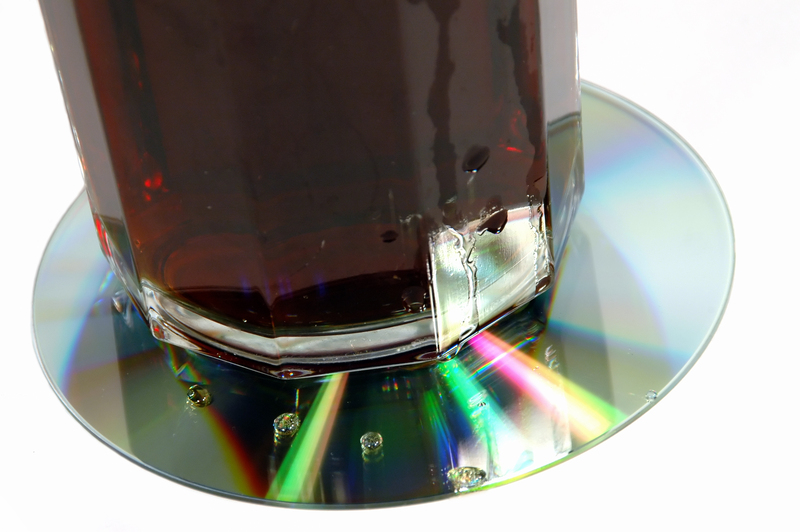Symptoms of Hoarding Disorder
Posted on 22/03/2025
Hoarding disorder is a complex mental health condition characterized by the persistent difficulty in discarding or parting with possessions, regardless of their actual value. This behavior can lead to significant clutter that disrupts the individual's daily life and wellbeing. Understanding the symptoms is crucial to identifying and treating the condition effectively.
Understanding Hoarding Disorder
Hoarding disorder doesn't merely revolve around the accumulation of items but is deeply rooted in emotional and psychological distress. It's essential to differentiate between a typical collector and someone suffering from hoarding disorder. Here are the primary symptoms to look out for:

Persistent Difficulty Discarding Possessions
One of the most significant signs of hoarding disorder is the persistent difficulty in discarding items, even those that seem trivial or worthless. Individuals with this disorder often feel extreme distress at the thought of parting with their possessions, fearing they might need them in the future or feeling a sentimental attachment.
Excessive Clutter
The accumulation of items leads to excessive clutter that can overwhelm living spaces, making areas unusable. For example, kitchens might be so cluttered with items that they're no longer functional for cooking, or bedrooms so filled with possessions that sleeping becomes difficult.
Inability to Organize Possessions
Those with hoarding disorder often struggle with organizing their possessions. The sheer volume of items can become overwhelming, leading to disorganized heaps that make spaces chaotic and difficult to navigate.
Intense Distress Over Losing Items
Individuals may experience severe anxiety at the thought of losing or discarding items. This emotional attachment and distress are often disproportionate to the actual value or usefulness of the possessions.
Impact on Daily Functioning
The clutter and disorganization can significantly impact daily functioning. It can interfere with basic activities like cooking, cleaning, or even sleeping. In extreme cases, it can lead to unsanitary conditions and pose significant health and safety risks.
Procrastination and Indecision
Procrastination and indecision are common in individuals with hoarding disorder. They may genuinely want to sort through their possessions but find themselves unable to decide what to keep and what to discard. This leads to inaction and further accumulation of clutter.
Social Isolation
Hoarding disorder can lead to significant social isolation. The embarrassment and shame associated with the condition may cause individuals to avoid inviting people into their homes. Over time, this can erode social relationships and lead to increased loneliness and depression.
Pros and Cons of Addressing Hoarding Disorder
Pros:
- Improvement in mental health and reduction in anxiety and depression.
- Enhanced quality of life with more functional living spaces.
- Increased social interactions and reduced social isolation.
- Reduced health and safety risks associated with clutter.
Cons:
- Initial emotional distress and anxiety during the decluttering process.
- Need for ongoing support and therapy, which can be time-consuming and costly.
- Potential strain on relationships if family members are involved in the process.
Tips for Managing Hoarding Disorder
- Seek Professional Help: Consulting a mental health professional specializing in hoarding disorder is crucial for developing effective treatment plans.
- Take Small Steps: Begin with one small area to declutter to avoid feeling overwhelmed.
- Set Goals: Create clear, achievable goals for decluttering and organizing.
- Involve Friends and Family: A supportive network can provide emotional and practical assistance.
- Focus on Safety: Address any immediate safety hazards first, such as blocked exits or unsanitary conditions.
- Use Visual Aids: Before-and-after photos can help track progress and motivate further efforts.

Takeaways
Recognizing the symptoms of hoarding disorder is the first step toward seeking help and improving the quality of life. It's vital to approach the condition with compassion and understanding, as those affected often struggle with deep-rooted emotional and psychological issues.
Conclusion
Hoarding disorder is a serious condition that can lead to significant emotional, social, and health problems. By understanding its symptoms and seeking appropriate help, individuals can reclaim their living spaces and improve their mental health. While the journey to recovery may be challenging, the benefits far outweigh the cons, leading to a safer, healthier, and more fulfilling life.

